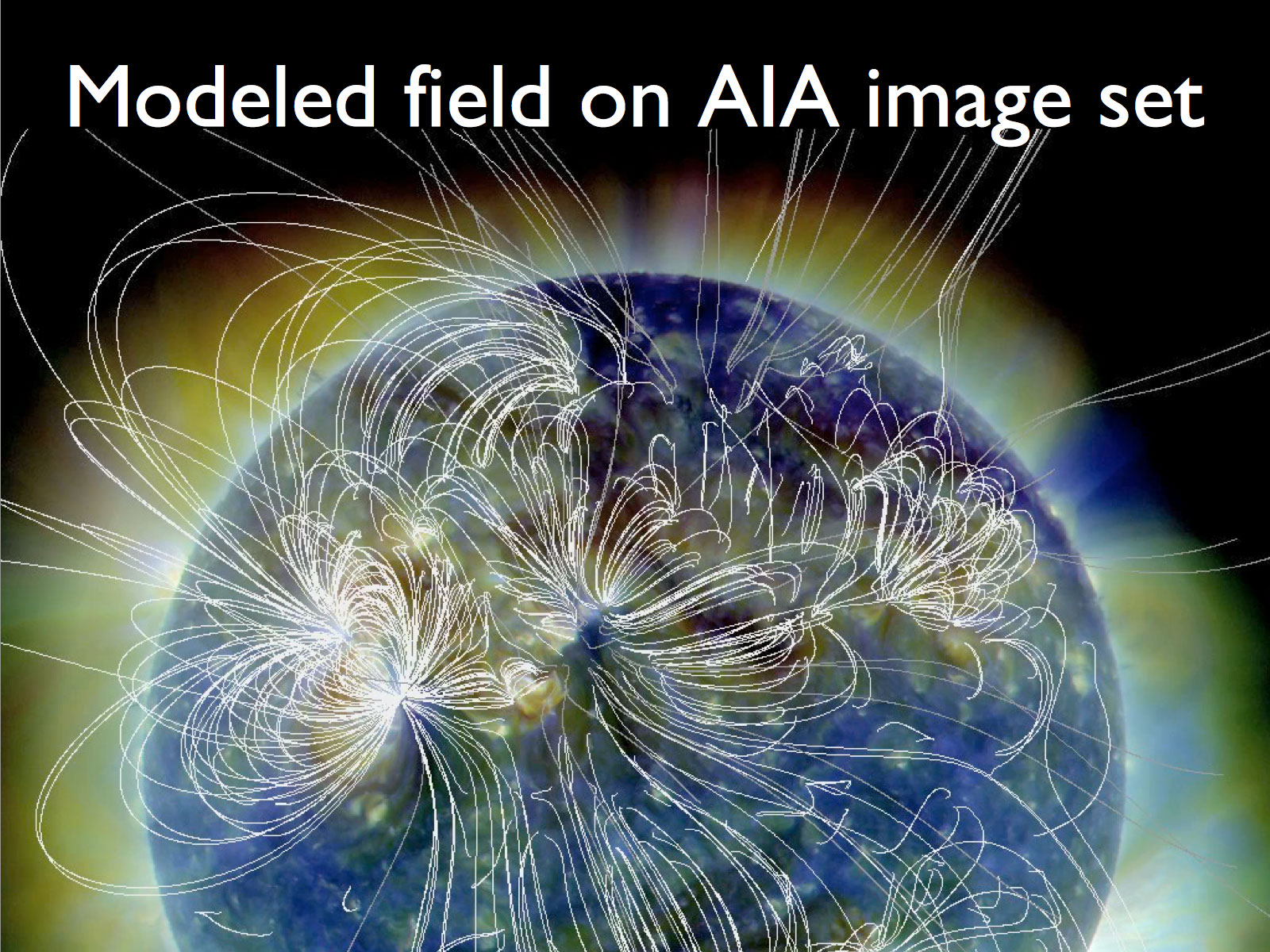
The as yet theoretical helicity barrier acts like a dam to the turbulent energy cascade in the solar corona, impeding the forward flow of energy from large to small scales: The energy gets stuck behind the barrier, builds up over time, and eventually overflows the dam to generate ion cyclotron waves that heat ions. Meyrand is a coauthor of the new study. Last year, Romain Meyrand at the University of Otago, Dunedin, New Zealand, first described the theorized helicity barrier in a simplified model used in magnetic fusion research.

Helicity Barrier: Hitting the Brakes in the Solar Corona Alfvénic turbulence can explain the energy transport but fails to explain the preferential heating, whereas ion cyclotron waves do explain this feature but lack an obvious source.Ī new study published in Nature Astronomy has sought to reconcile the two theories by applying the recently described “helicity barrier” effect. Each theory has its own issues, and they don’t agree with each other. The second, ion cyclotron waves, calls out high-frequency ripples in the plasma. The first, Alfvénic turbulence, points to the collision of oppositely traveling Alfvén waves, low-frequency plasma waves converging like two ripples on a still lake. Two leading theories on the fast solar wind manage to explain its strange properties. Get the most fascinating science news stories of the week in your inbox every Friday.Īny convincing theory of how the fast solar wind attains such high speeds must explain how energy is deposited at large distances from the Sun as well as why the plasma preferentially heats heavier ions over lighter electrons. How the solar wind accelerates to those speeds is an unsolved puzzle that has driven plasma astrophysics research for decades. It travels at speeds of 300 kilometers per second ( slow wind streams) and even 700 kilometers per second ( fast wind streams). One major mystery is its speed: The solar wind doesn’t just gently waft away from the Sun. This steady stream of charged particles is the solar wind, which perpetually bombards Earth’s magnetic field, driving space weather such as geomagnetic storms (which disrupt electrical grids on Earth) and aurorae.ĭespite extensive research into the solar wind and how it interacts with Earth’s magnetosphere, scientists still don’t fully understand how this interplanetary plasma works. Coronal plasma continually blows away from the Sun, carrying the solar magnetic field with it. They are the primary sources of geomagnetic storms during the solar minimum activity periods.The solar corona-the outermost layer of the Sun, which can be seen only during a total solar eclipse-is made up of superhot plasma. They indicate the areas of lower density and existence of open magnetic field lines, which allow the plasma from the solar corona to escape easily into the interplanetary space in the form of high speed solar wind (Coronal Hole High Speed Stream, CH HSS).Ĭoronal holes may exist for months and if they exist near the solar equator- the connected high speed solar wind can reach the Earth causing a minor to moderate geomagnetic storm. They form in places of the unipolar magnetic field (+ or -) where the magnetic induction has much lower value than in other, bright regions. The dark regions that extend from the poles towards the equator are called the coronal holes. In these bands (which allow to observe one of the Sun’s atmospheric layers called corona) bright and dark regions may be distinguished.

It can be monitored using images in X-ray and Extreme Ultraviolet wavelengths. The Sun’s magnetic field has a very complex, constantly changing structure.


 0 kommentar(er)
0 kommentar(er)
